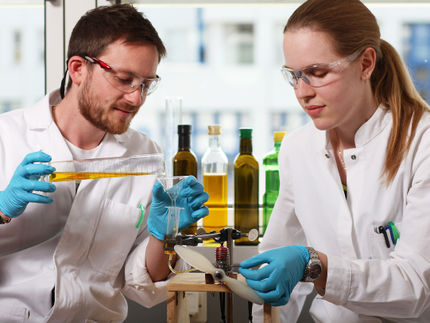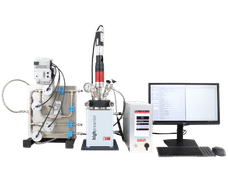Biomass supply chains developed by VTT speed up use of bioenergy in Vietnam
Advertisement
VTT Technical Research Centre of Finland has developed efficiency in the biomass supply and use for energy in Vietnam's Mekong Delta as part of the Energy and Environment Partnership Programme of the Ministry for Foreign Affairs. Mechanisation of loading and unloading of biomass working phases reduce transport costs by 15%. The production and use of biomass pellets in industrial boilers was demonstrated to be financially and technologically sound.
Vietnam possesses considerable biomass reserves. Development of the current biomass supply chains and power plant operations will increase the use of biomass fuels for energy.
VTT's task in Vietnam was to develop efficient and reliable biomass supply chains for multi-fuel CHP power plants and industrial boilers. At the beginning of the project, VTT developed five new biomass supply technologies, three of which were selected for practical demonstration in the Mekong Delta.
In Vietnam, loading and unloading of biomass is traditionally made manually. The project enhanced sea and road transport of biomass and developed mechanised methods for biomass handling in transport. The quality, availability, storage and pelletisation of raw materials was also improved. A particular aim was to promote the simultaneous use of multiple biofuels to ensure year-round supply of agrobiomass-based raw materials.
Larger-sized boats (25 tonnes) and use of pneumatic discharging equipment reduced biomass transport costs by 15%. Using this equipment to discharge biomass from ships is 73% cheaper than the corresponding traditional manual work.
The project also established whether biomass pellets could be used to replace fossil fuels. The use of pellets in industrial boilers proved to be economically and technologically sound. The lowest pellet production costs derived from use of the by-product of pressed sugar cane residues, known as bagasse: 372 VND/kWh (13 EUR/MWh). Use of pellets prepared from bagasse as fuel in steam production, for example, is around 40% cheaper than using traditional wood fuel.
Combustion tests with fuel blend of bagasse and rice husk were done in a CHP boiler in the Mekong Delta. Both fuel blend preparation and the combustion test with fuel blend were highly successful. The test extends use of the mill's boiler facility for electricity production to all year round by eliminating enforced closure during the summer months.
The typical Vietnamese biomass materials are harvest and food processing residues of rice, sugar cane, wood, coffee and coconut. Most of these can be used as biomass fuel. The overall production potential for solid biomass in 2010 was 104.4 million tonnes (374 TWh), with the share of agrobiomass by-products at 70% and of wood fuel at 30%.
The major obstacles to investment in biomass power plants are the low price of electricity and the lack of reliable biomass supply chains.

































































